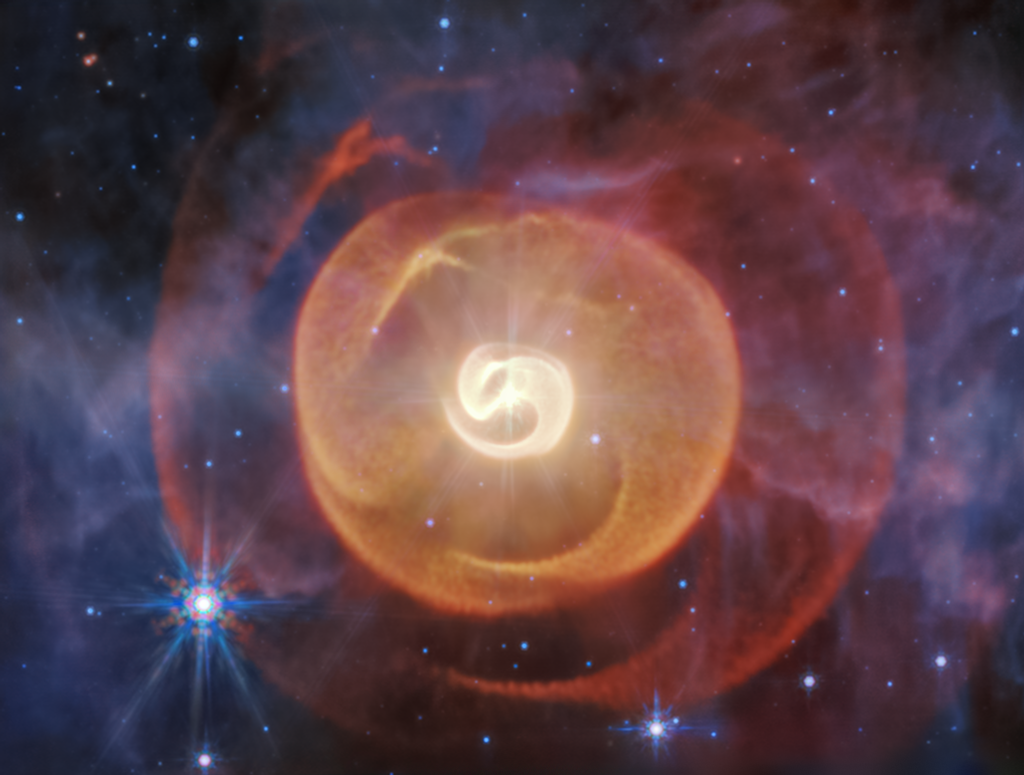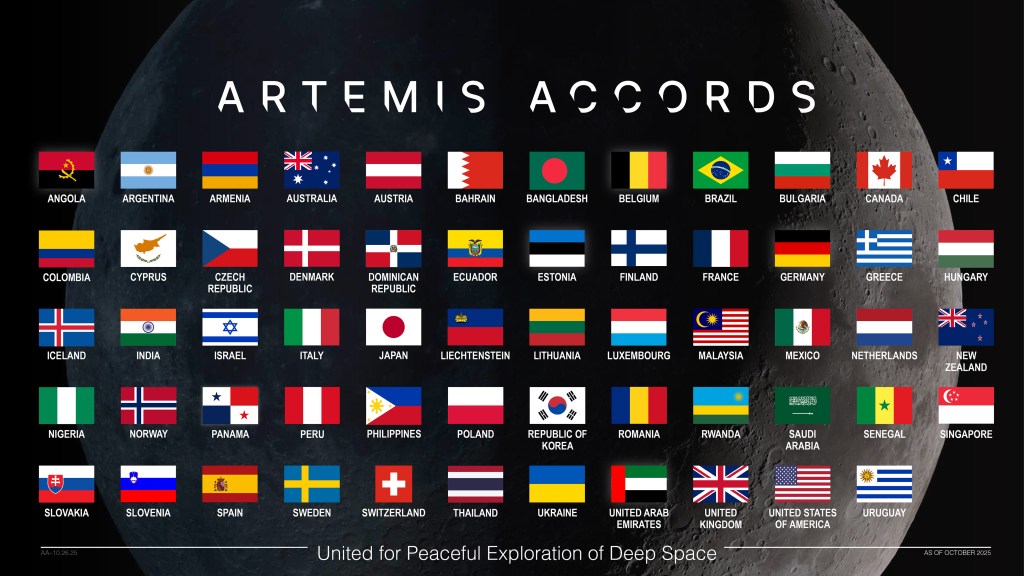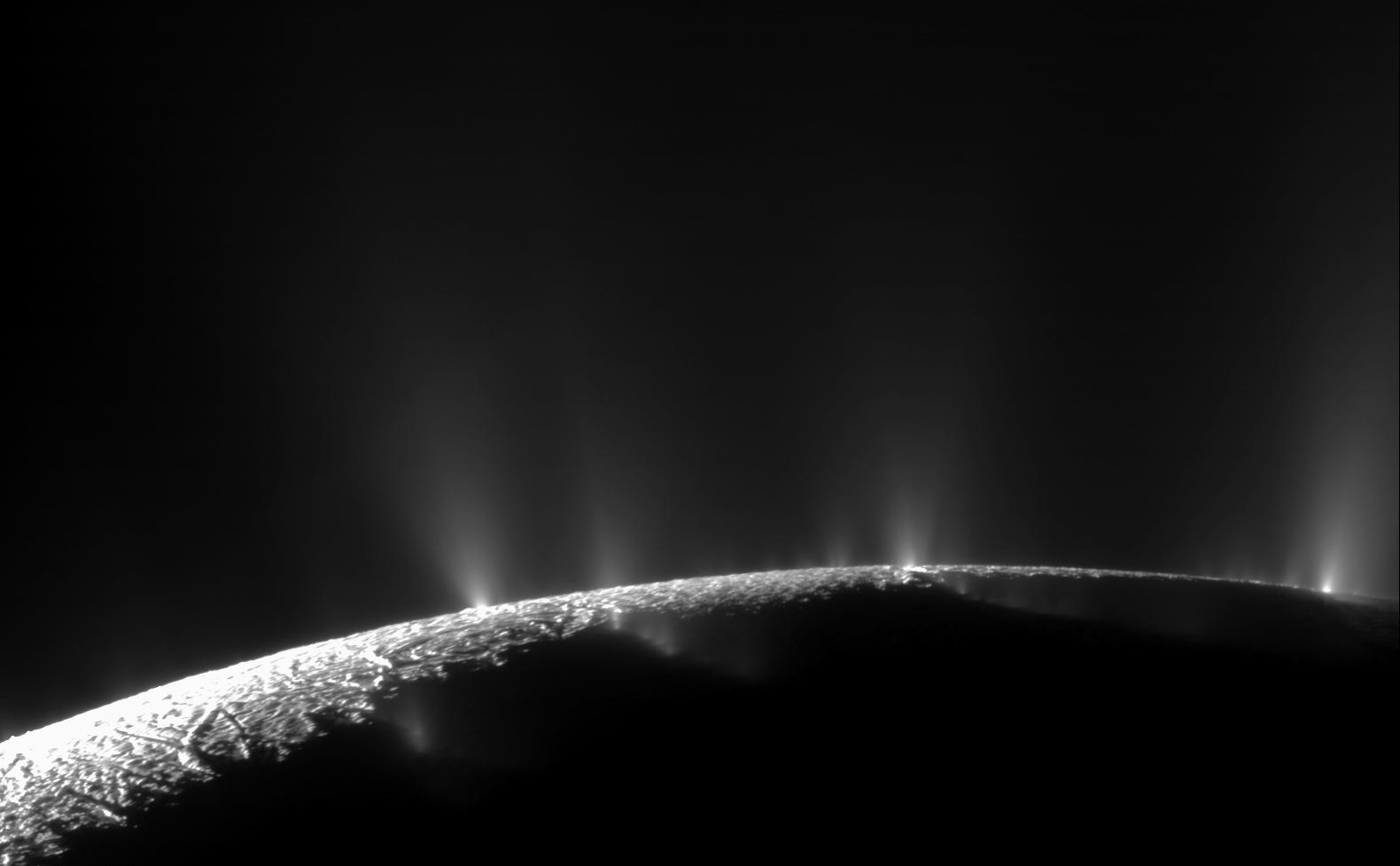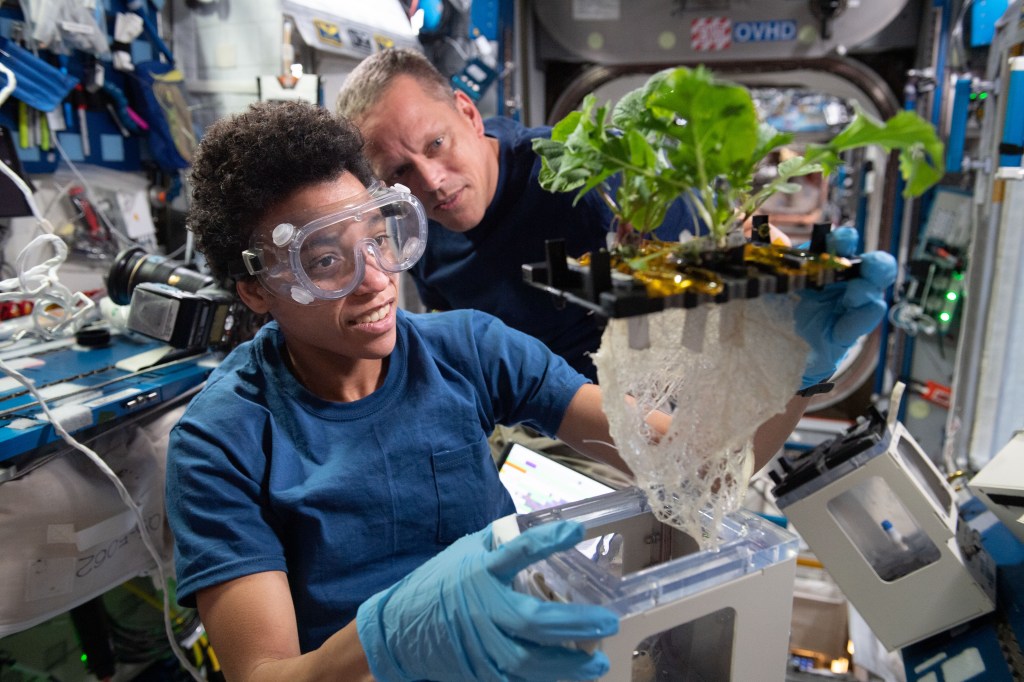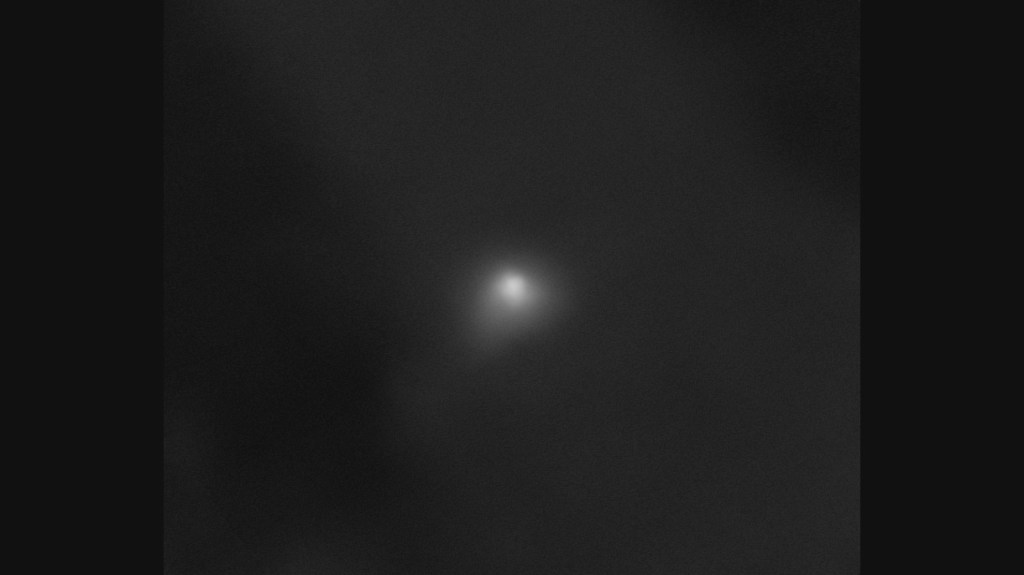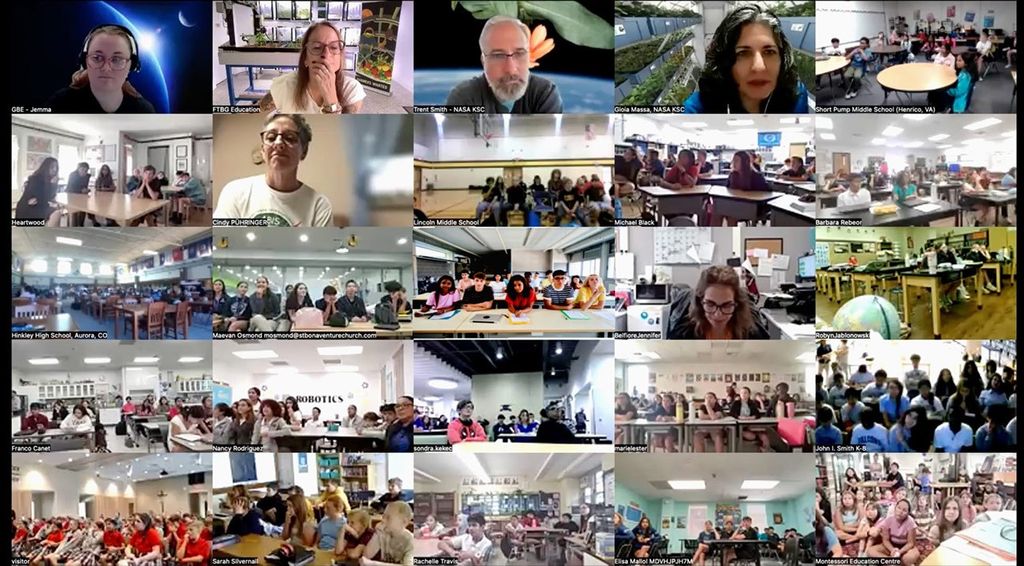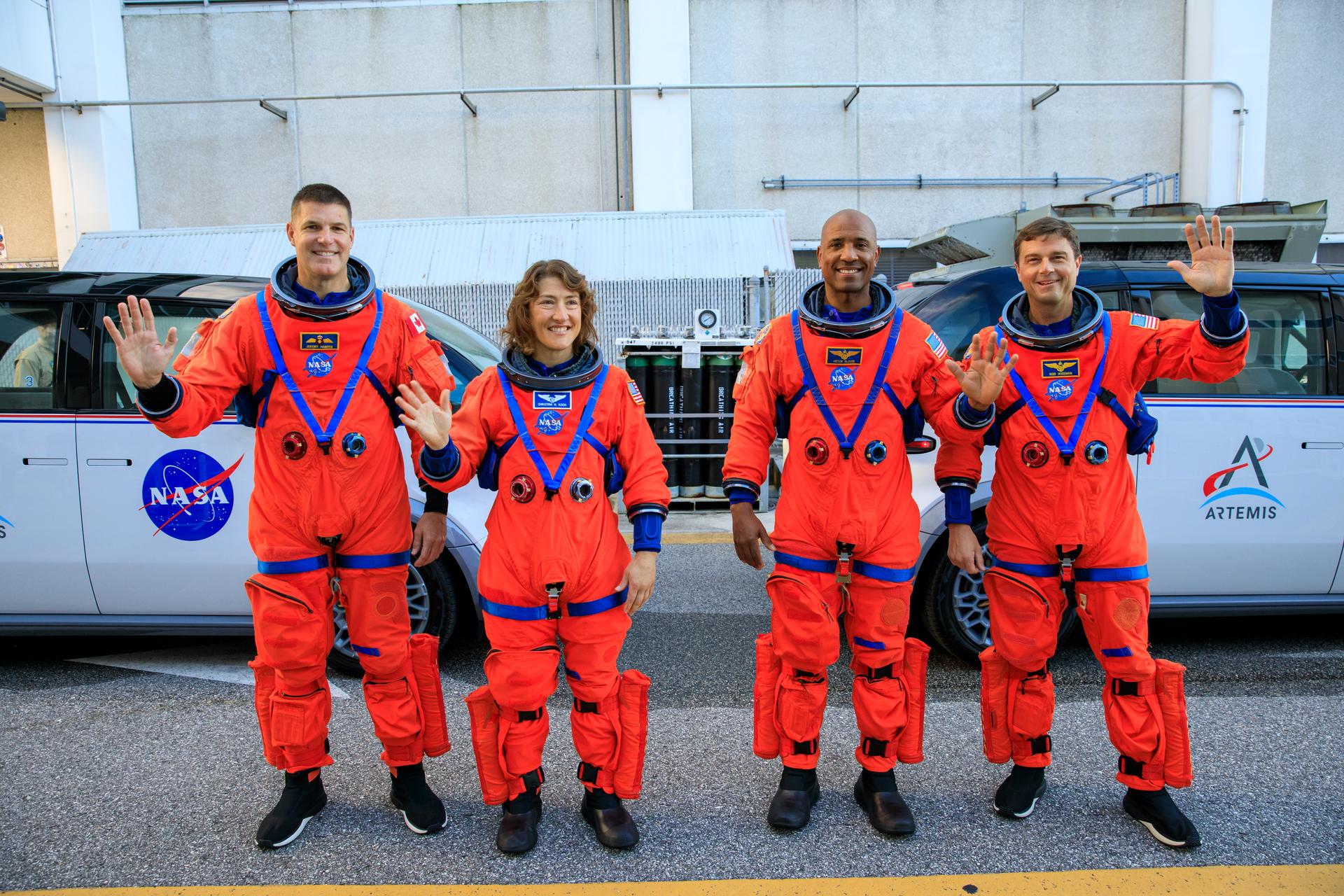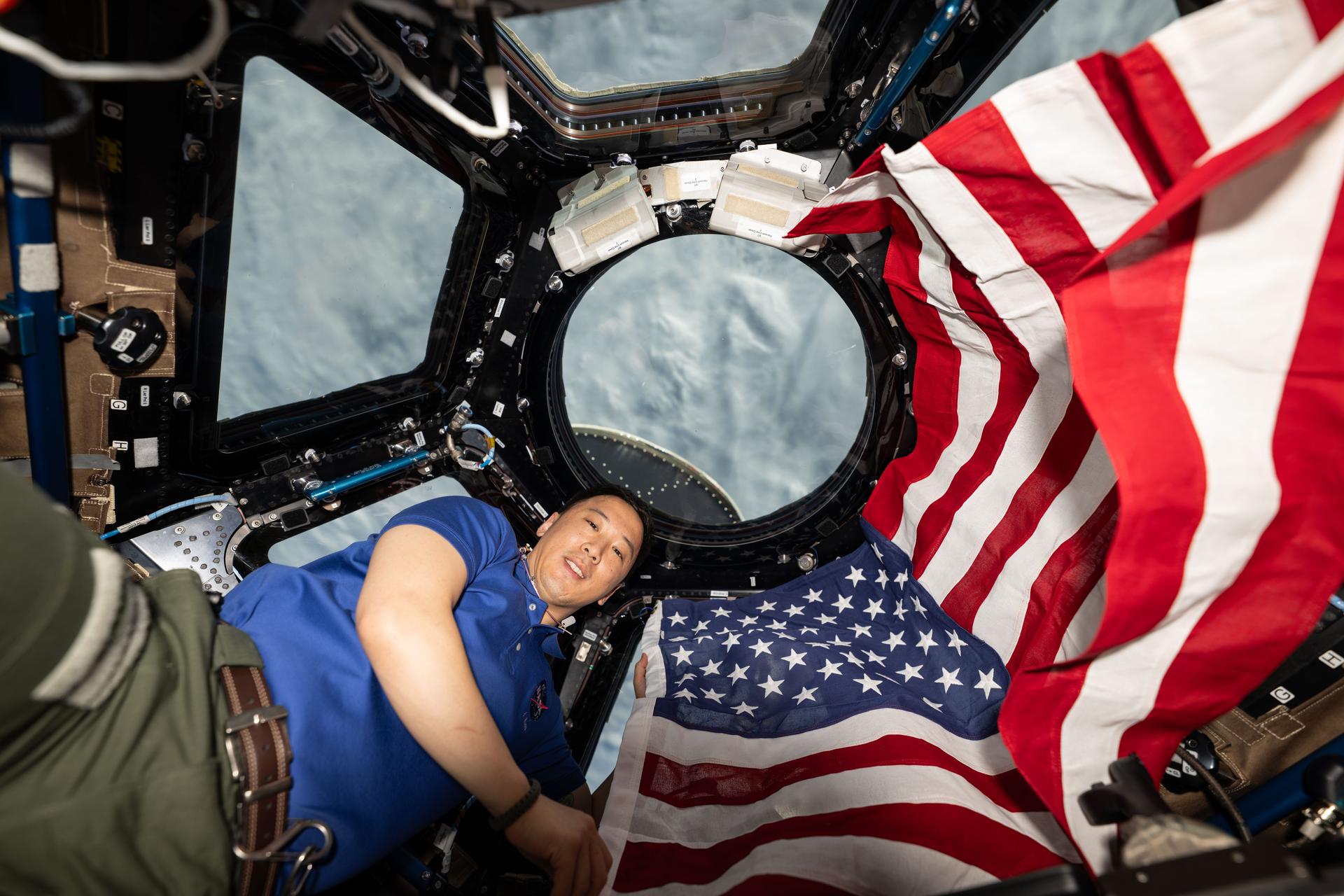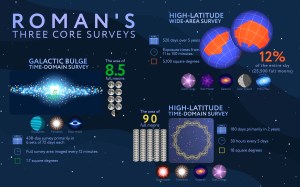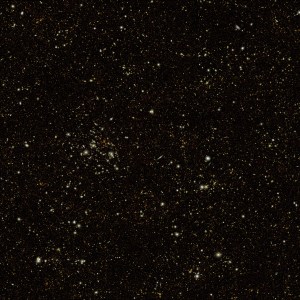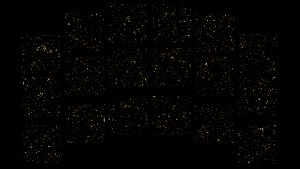A funky effect Einstein predicted, known as gravitational lensing — when a foreground galaxy magnifies more distant galaxies behind it — will soon become common when NASA’s Nancy Grace Roman Space Telescope begins science operations in 2027 and produces vast surveys of the cosmos.
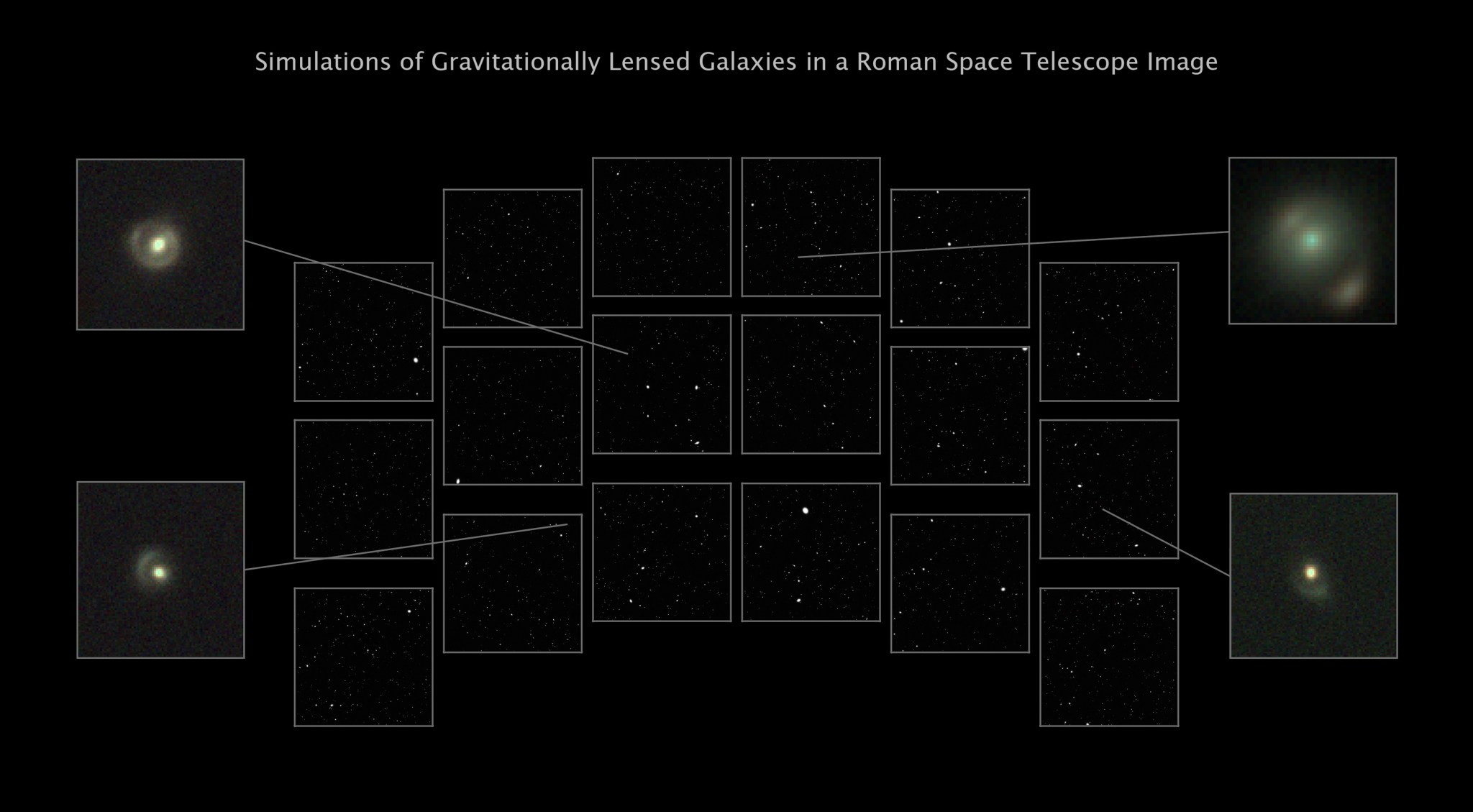
A particular subset of gravitational lenses, known as strong lenses, is the focus of a new paper published in the Astrophysical Journal led by Bryce Wedig, a graduate student at Washington University in St. Louis. The research team has calculated that over 160,000 gravitational lenses, including hundreds suitable for this study, are expected to pop up in Roman’s vast images. Each Roman image will be 200 times larger than infrared snapshots from NASA’s Hubble Space Telescope, and its upcoming “wealth” of lenses will vastly outpace the hundreds studied by Hubble to date.
Roman will conduct three core surveys, providing expansive views of the universe. This science team’s work is based on a previous version of Roman’s now fully defined High-Latitude Wide-Area Survey. The researchers are working on a follow-up paper that will align with the final survey’s specifications to fully support the research community.
“The current sample size of these objects from other telescopes is fairly small because we’re relying on two galaxies to be lined up nearly perfectly along our line of sight,” Wedig said. “Other telescopes are either limited to a smaller field of view or less precise observations, making gravitational lenses harder to detect.”
Gravitational lenses are made up of at least two cosmic objects. In some cases, a single foreground galaxy has enough mass to act like a lens, magnifying a galaxy that is almost perfectly behind it. Light from the background galaxy curves around the foreground galaxy along more than one path, appearing in observations as warped arcs and crescents. Of the 160,000 lensed galaxies Roman may identify, the team expects to narrow that down to about 500 that are suitable for studying the structure of dark matter at scales smaller than those galaxies.
“Roman will not only significantly increase our sample size — its sharp, high-resolution images will also allow us to discover gravitational lenses that appear smaller on the sky,” said Tansu Daylan, the principal investigator of the science team conducting this research program. Daylan is an assistant professor and a faculty fellow at the McDonnell Center for the Space Sciences at Washington University in St. Louis. “Ultimately, both the alignment and the brightness of the background galaxies need to meet a certain threshold so we can characterize the dark matter within the foreground galaxies.”
What Is Dark Matter?
Not all mass in galaxies is made up of objects we can see, like star clusters. A significant fraction of a galaxy’s mass is made up of dark matter, so called because it doesn’t emit, reflect, or absorb light. Dark matter does, however, possess mass, and like anything else with mass, it can cause gravitational lensing.
When the gravity of a foreground galaxy bends the path of a background galaxy’s light, its light is routed onto multiple paths. “This effect produces multiple images of the background galaxy that are magnified and distorted differently,” Daylan said. These “duplicates” are a huge advantage for researchers — they allow multiple measurements of the lensing galaxy’s mass distribution, ensuring that the resulting measurement is far more precise.
Roman’s 300-megapixel camera, known as its Wide Field Instrument, will allow researchers to accurately determine the bending of the background galaxies’ light by as little as 50 milliarcseconds, which is like measuring the diameter of a human hair from the distance of more than two and a half American football fields or soccer pitches.
The amount of gravitational lensing that the background light experiences depends on the intervening mass. Less massive clumps of dark matter cause smaller distortions. As a result, if researchers are able to measure tinier amounts of bending, they can detect and characterize smaller, less massive dark matter structures — the types of structures that gradually merged over time to build up the galaxies we see today.
With Roman, the team will accumulate overwhelming statistics about the size and structures of early galaxies. “Finding gravitational lenses and being able to detect clumps of dark matter in them is a game of tiny odds. With Roman, we can cast a wide net and expect to get lucky often,” Wedig said. “We won’t see dark matter in the images — it’s invisible — but we can measure its effects.”
“Ultimately, the question we’re trying to address is: What particle or particles constitute dark matter?” Daylan added. “While some properties of dark matter are known, we essentially have no idea what makes up dark matter. Roman will help us to distinguish how dark matter is distributed on small scales and, hence, its particle nature.”
Preparations Continue
Before Roman launches, the team will also search for more candidates in observations from ESA’s (the European Space Agency’s) Euclid mission and the upcoming ground-based Vera C. Rubin Observatory in Chile, which will begin its full-scale operations in a few weeks. Once Roman’s infrared images are in hand, the researchers will combine them with complementary visible light images from Euclid, Rubin, and Hubble to maximize what’s known about these galaxies.
“We will push the limits of what we can observe, and use every gravitational lens we detect with Roman to pin down the particle nature of dark matter,” Daylan said.
The Nancy Grace Roman Space Telescope is managed at NASA’s Goddard Space Flight Center in Greenbelt, Maryland, with participation by NASA’s Jet Propulsion Laboratory in Southern California; Caltech/IPAC in Pasadena, California; the Space Telescope Science Institute in Baltimore; and a science team comprising scientists from various research institutions. The primary industrial partners are BAE Systems, Inc. in Boulder, Colorado; L3Harris Technologies in Melbourne, Florida; and Teledyne Scientific & Imaging in Thousand Oaks, California.
By Claire Blome
Space Telescope Science Institute, Baltimore, Md.

